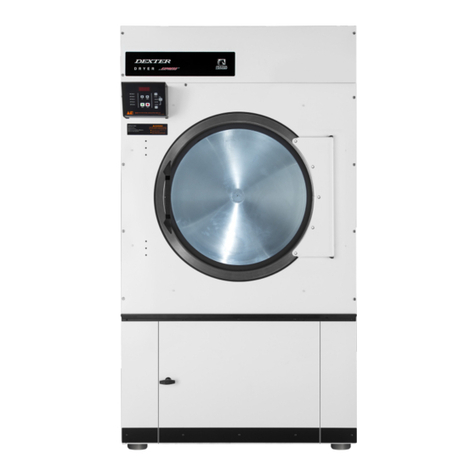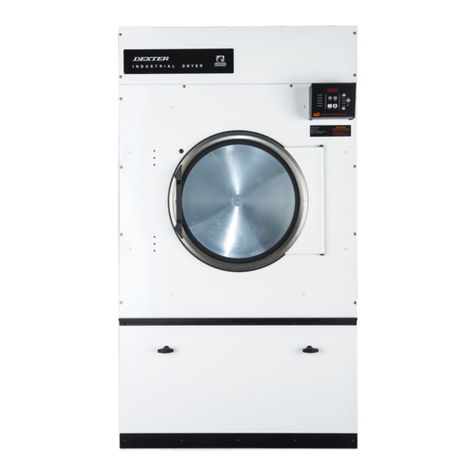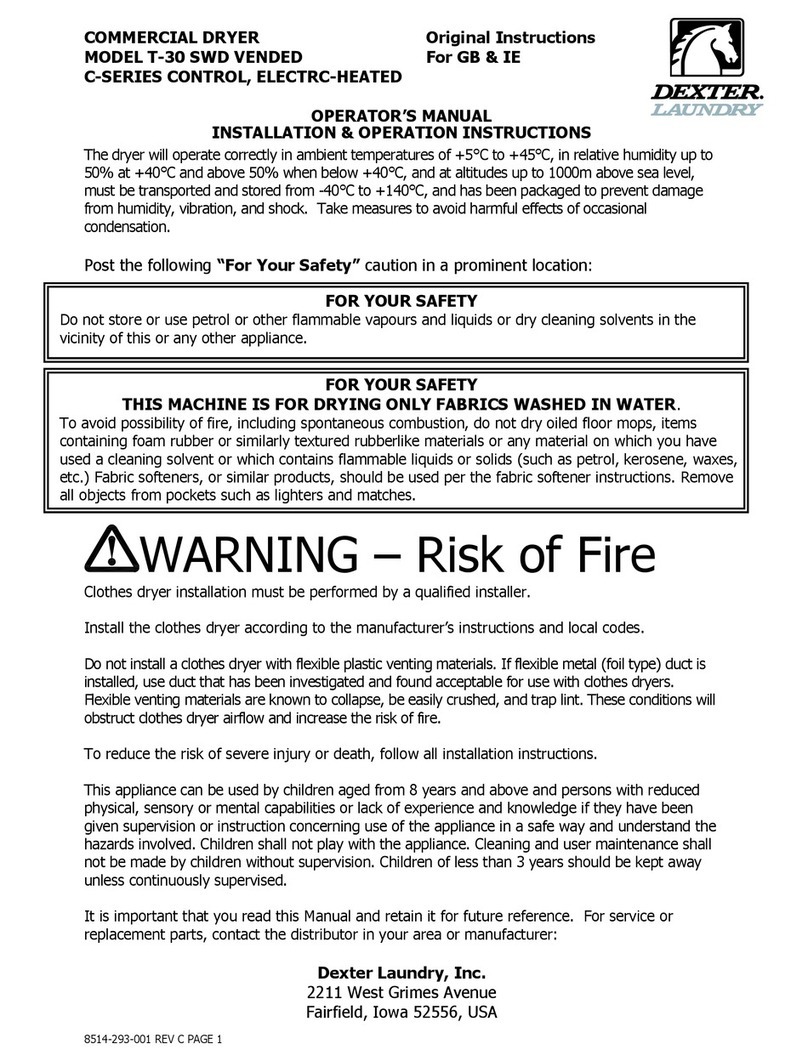Dexter Laundry T-30 User manual
Other Dexter Laundry Dryer manuals
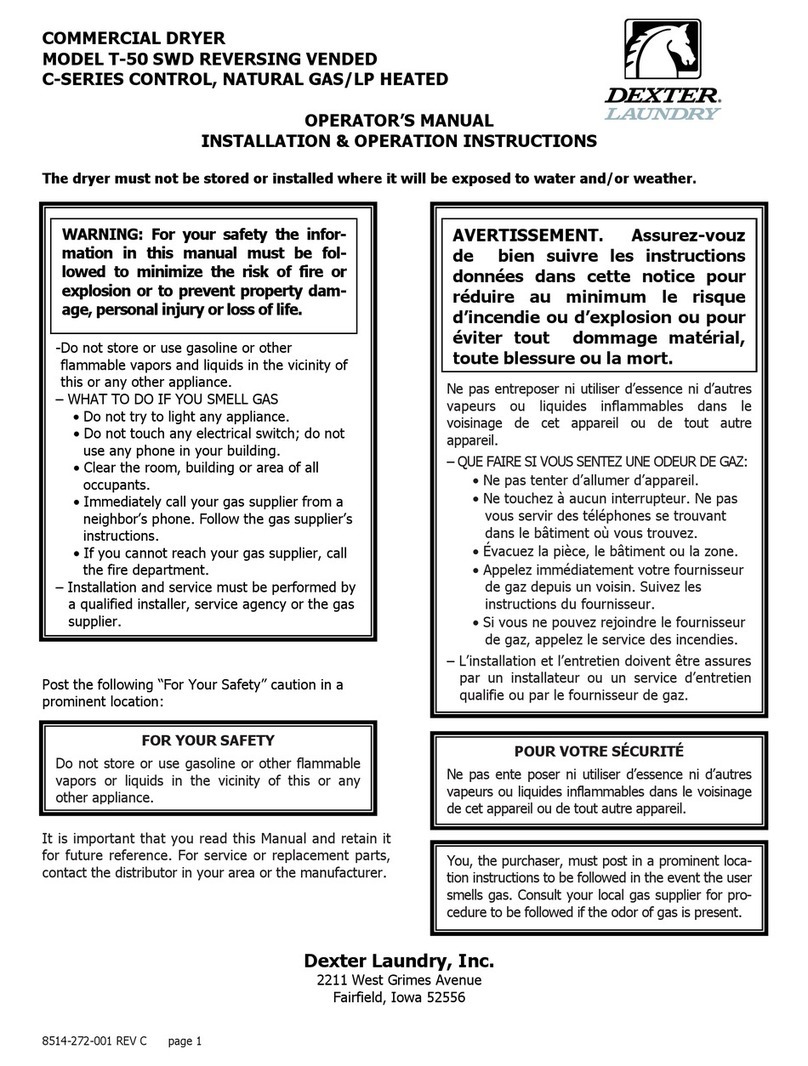
Dexter Laundry
Dexter Laundry T-50 User manual
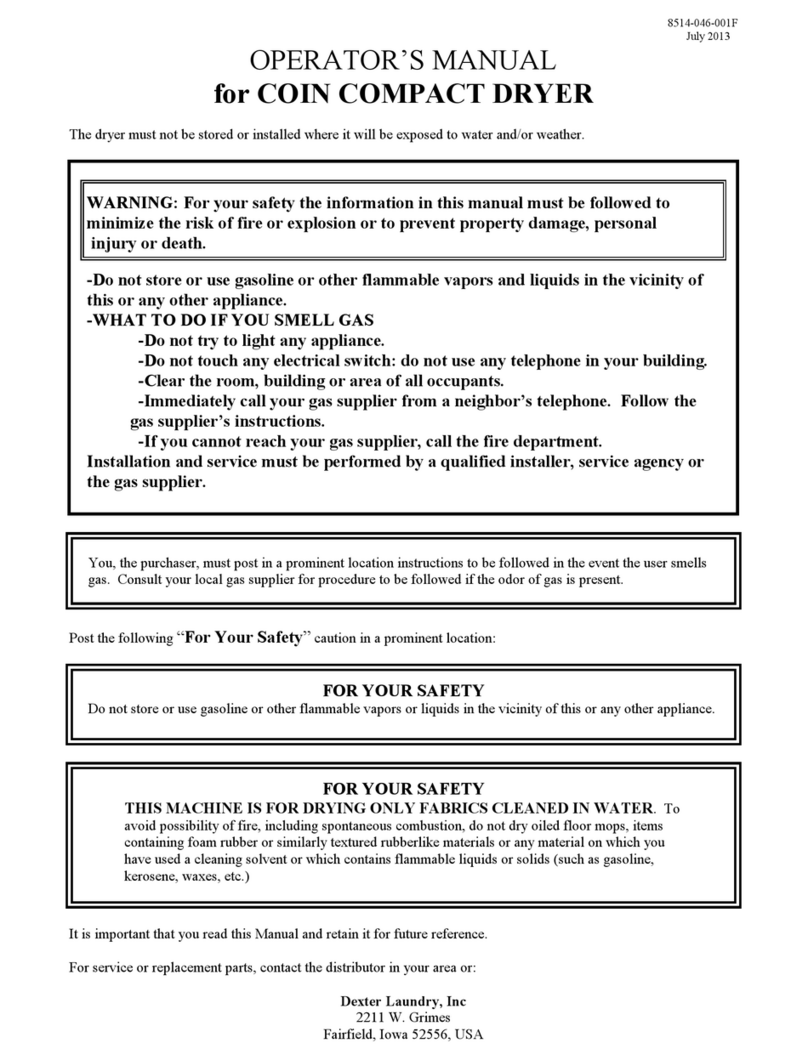
Dexter Laundry
Dexter Laundry COIN COMPACT DRYER User manual
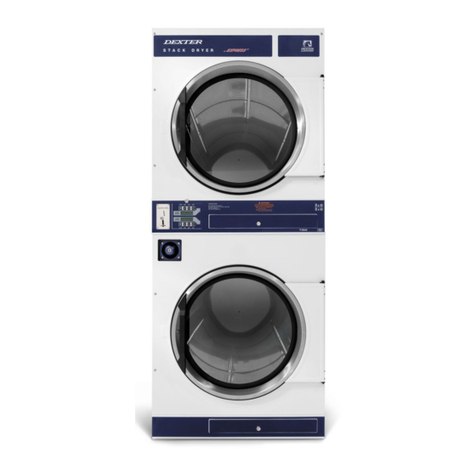
Dexter Laundry
Dexter Laundry T-30X2 User manual
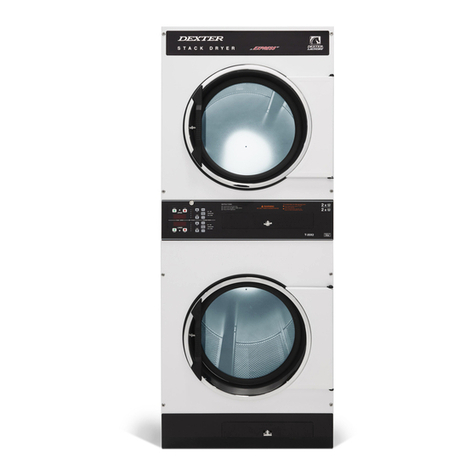
Dexter Laundry
Dexter Laundry T-20 User manual

Dexter Laundry
Dexter Laundry DCT30KC Series User manual
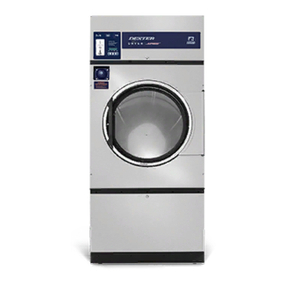
Dexter Laundry
Dexter Laundry DRC55 Series User manual
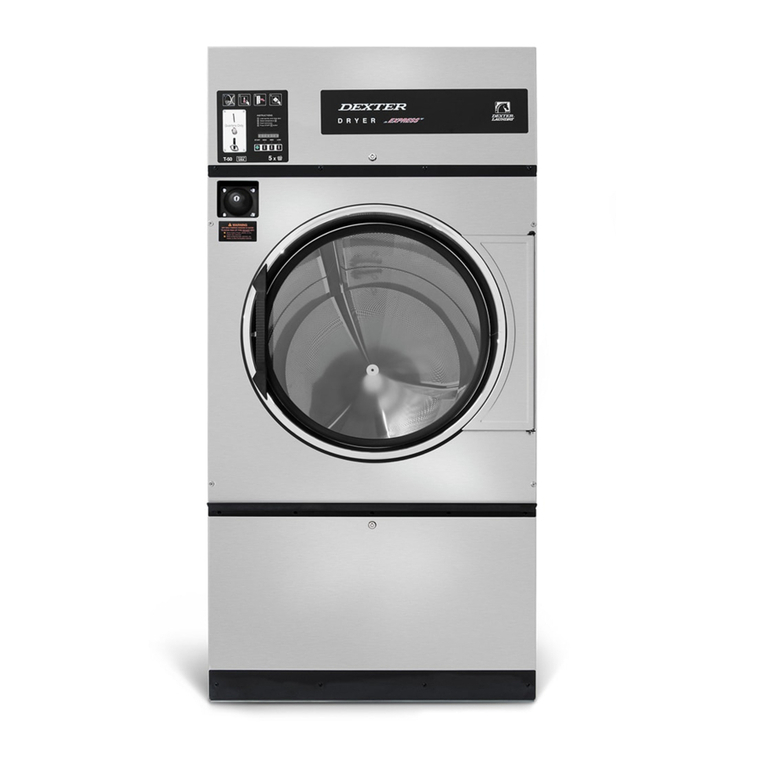
Dexter Laundry
Dexter Laundry C Series Quick start guide
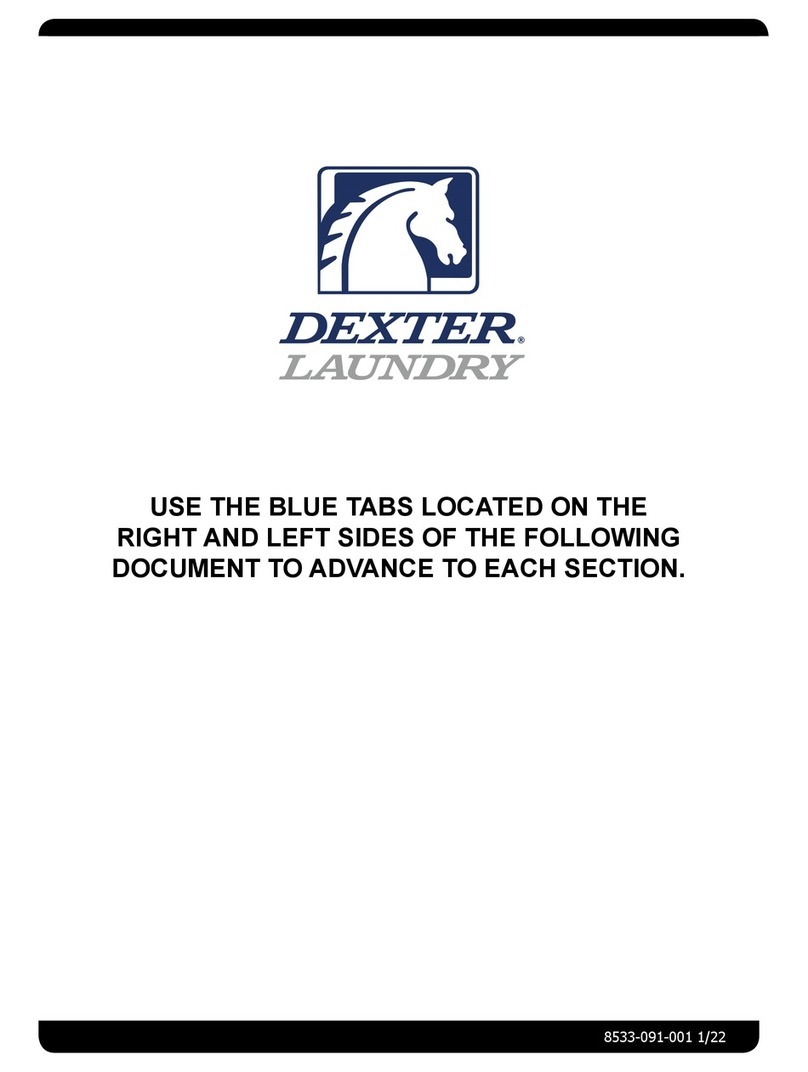
Dexter Laundry
Dexter Laundry DC50X2 User manual
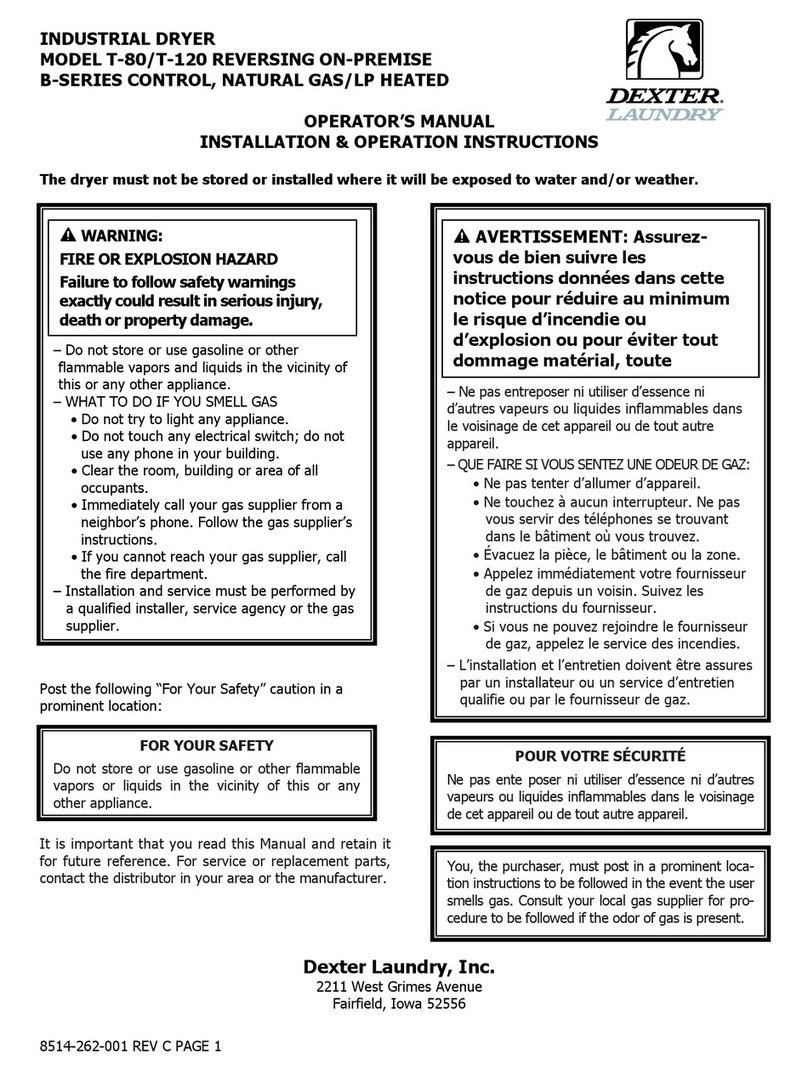
Dexter Laundry
Dexter Laundry T-80 User manual

Dexter Laundry
Dexter Laundry DC50X2 User manual
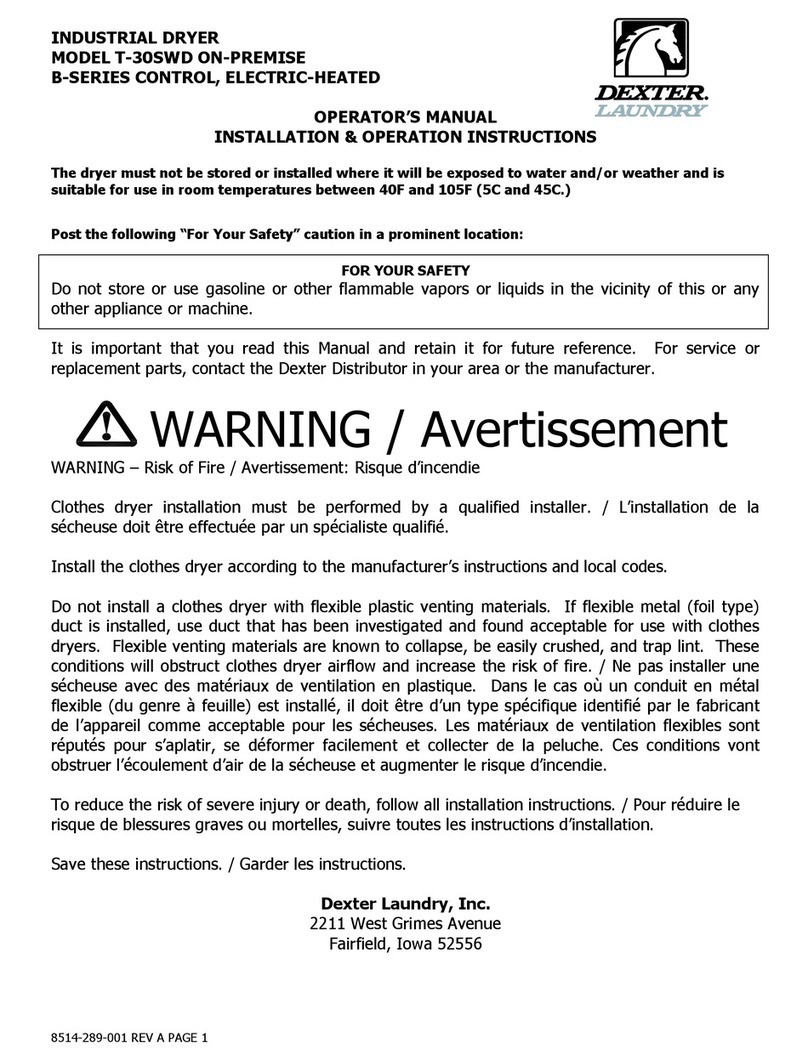
Dexter Laundry
Dexter Laundry T-30SWD User manual

Dexter Laundry
Dexter Laundry DDAD50KC Series User manual
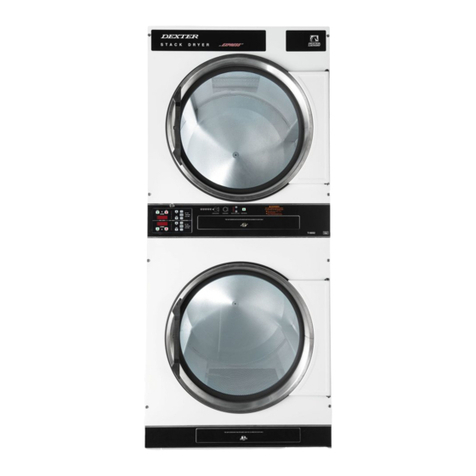
Dexter Laundry
Dexter Laundry T-50X2 Guide

Dexter Laundry
Dexter Laundry C Series User manual
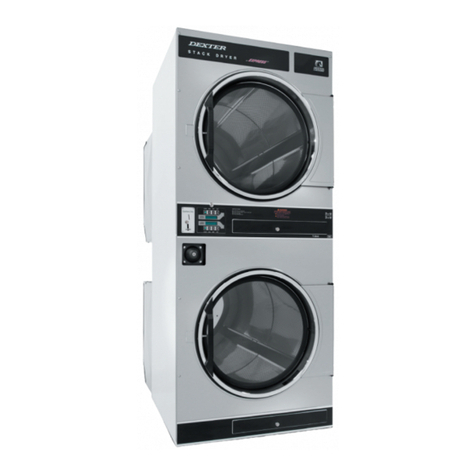
Dexter Laundry
Dexter Laundry DC30X2 Series Building instructions
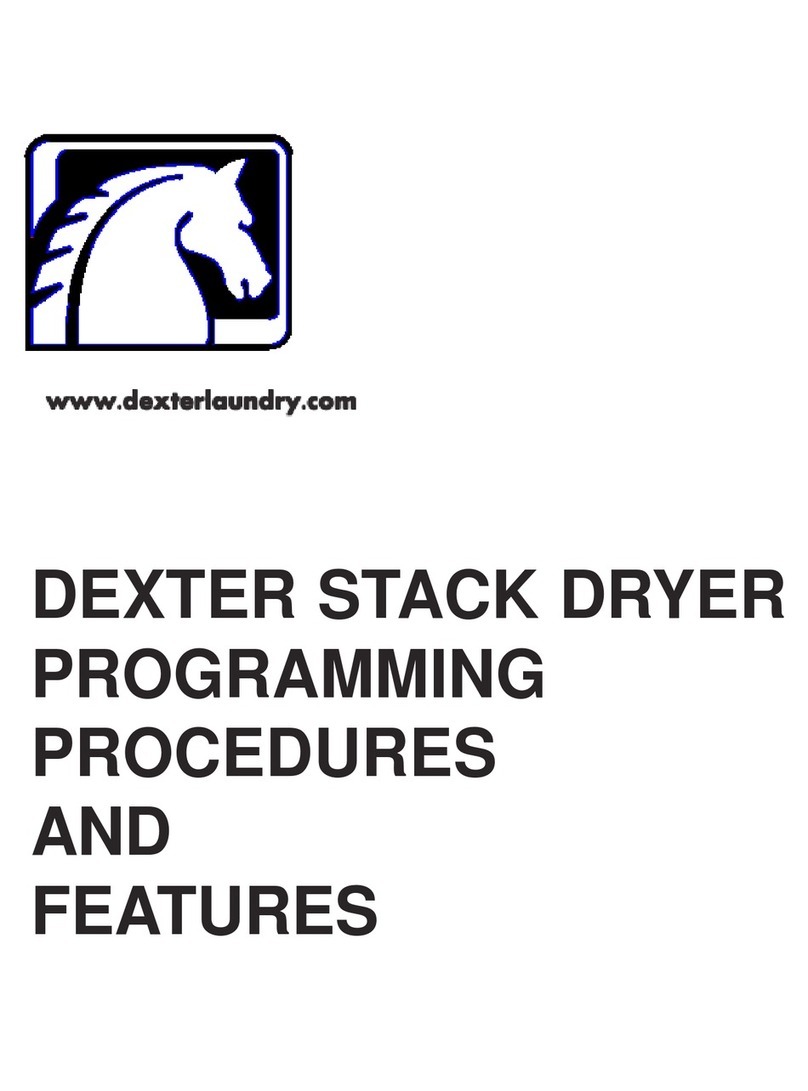
Dexter Laundry
Dexter Laundry STACK DRYER User manual
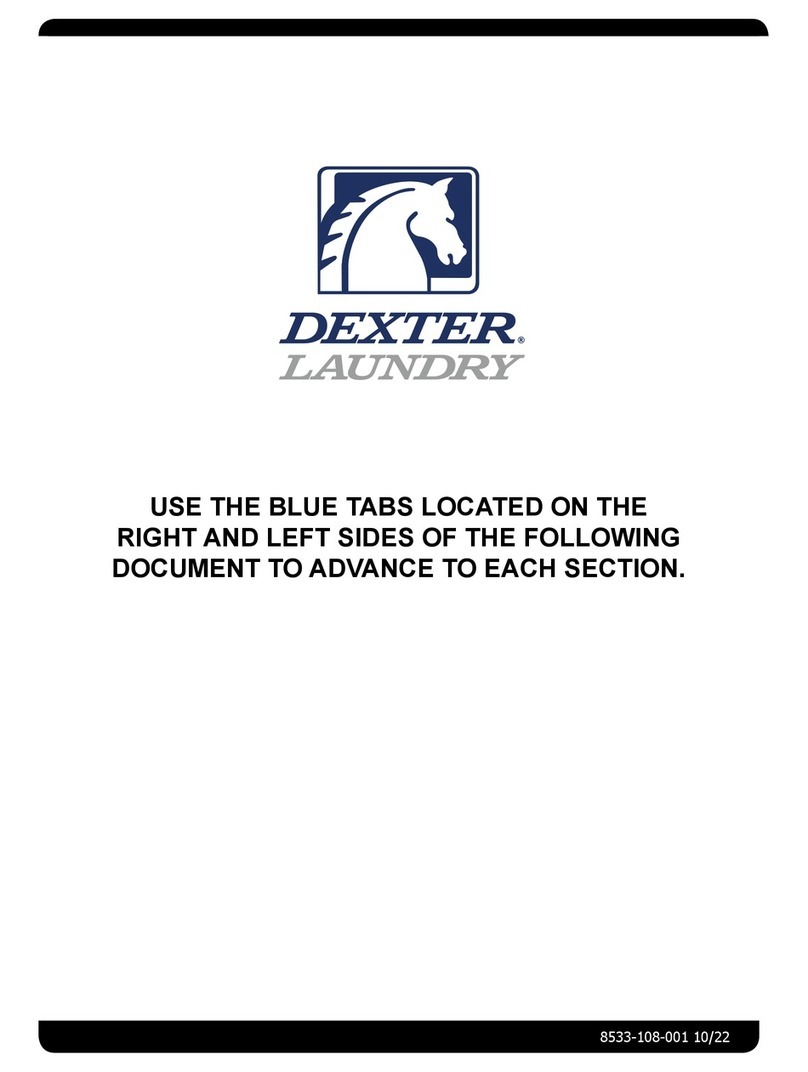
Dexter Laundry
Dexter Laundry DN20X2 Guide
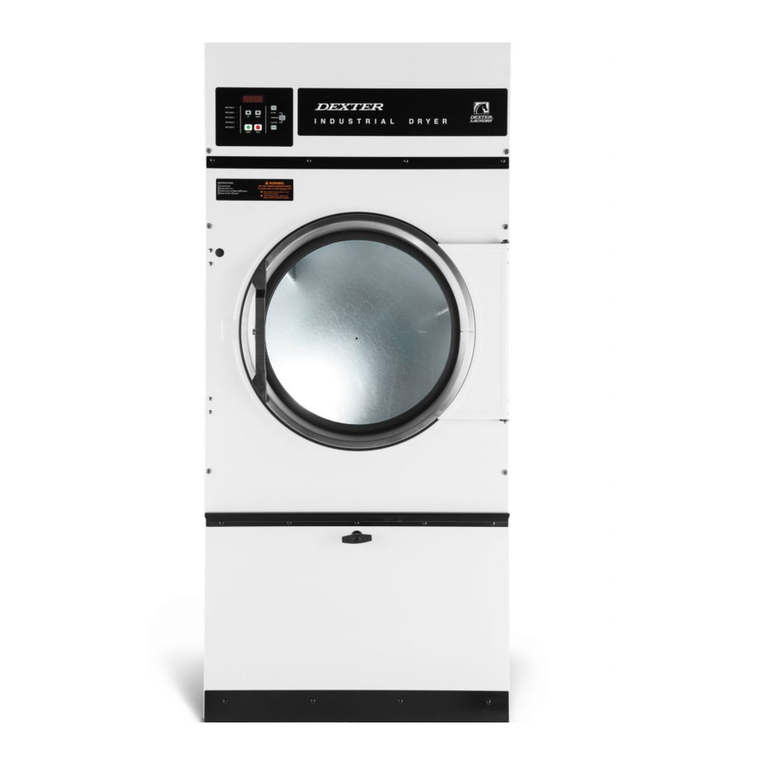
Dexter Laundry
Dexter Laundry T-30 User manual

Dexter Laundry
Dexter Laundry T-50X2 Administrator guide
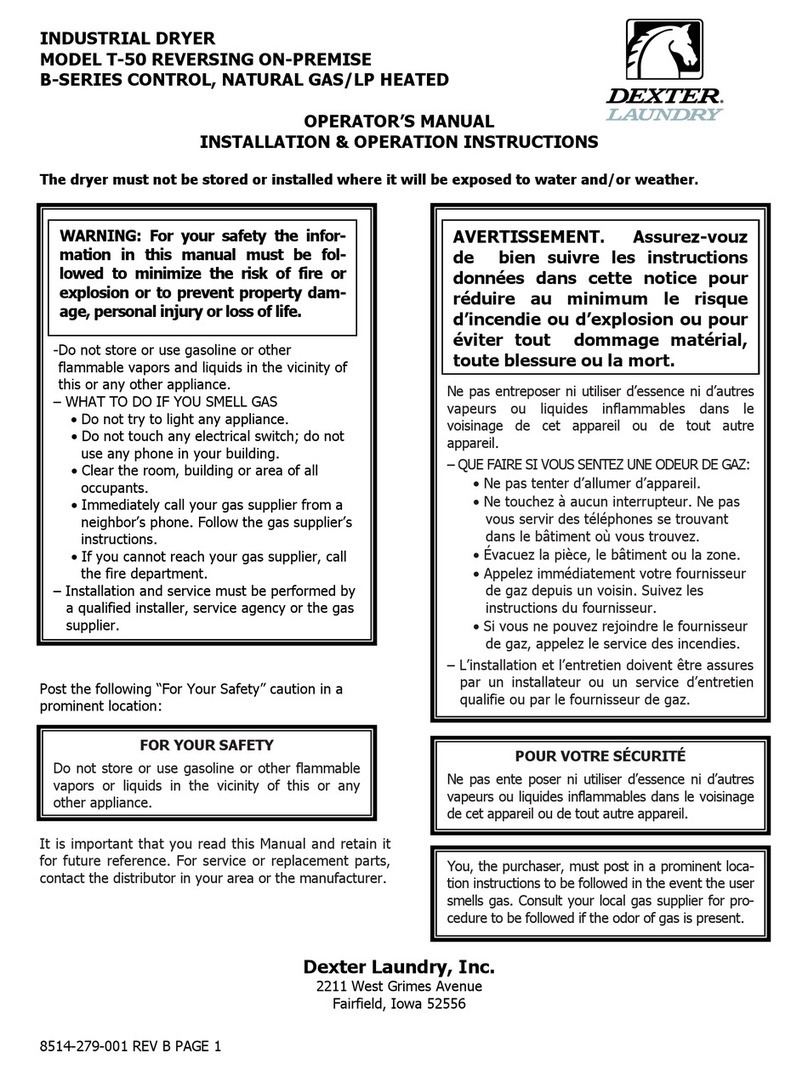
Dexter Laundry
Dexter Laundry B-Series User manual
Popular Dryer manuals by other brands

Alliance Laundry Systems
Alliance Laundry Systems TMB795C Installation

Asko
Asko T793C operating instructions

Kenmore
Kenmore 8041 - 5.8 cu. Ft. Capacity Electric Dryer installation instructions

Frigidaire
Frigidaire CAQE7077KW0 use & care

Bosch
Bosch WTX8HKM9SN User manual and installation instructions

Sharp
Sharp KD-NHH9S7GW2-PL user manual
